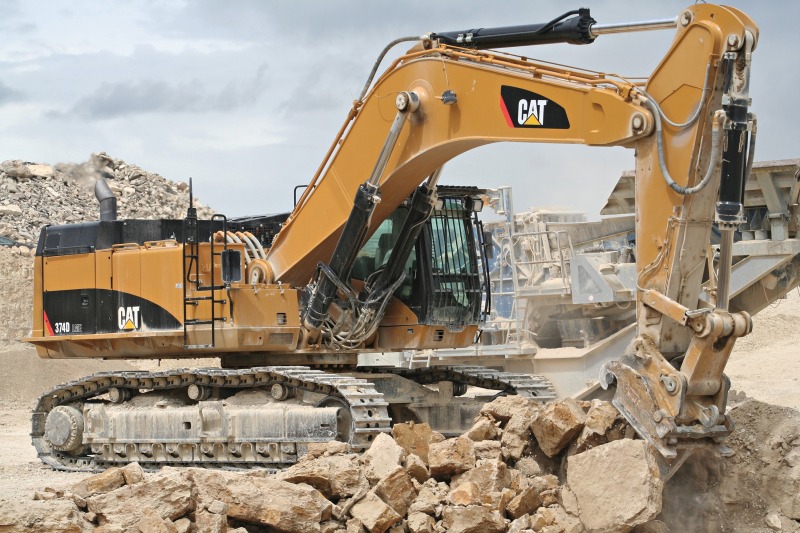I’m currently available for your work
Academic Interest
Teaching
Research
Consultancy
Get a Quote For Your Project
Geophysical Survey
- Buried Foundations
- Tanks and Drums
- Buried Services
- Contamination Plumes
- Mine Workings
- UXO
- Karst
- Slope Stability
- Rockhead Profiling
- Fractures/Faults
- Geological Mapping
- Engineering Properties
- Archaeology Mapping
- Heritage Structures
- Historical Sites
- Building Scanning & Survey
Resistivity Survey
Acquisition of resistivity tomography data involves the deployment of an array of regularly spaced electrodes, which are connected to a central control unit via multi- core cables. Linear arrays are employed for 2D surveys while a square array is used for a 3D survey. Resistivity data are then recorded via complex combinations of current and potential electrode pairs to build up a pseudo cross-section of apparent resistivity beneath the survey line. The depth of investigation depends on the electrode separation and geometry, with greater electrode separations yielding bulk resistivity measurements to greater depths.
The modeled true subsurface resistivity image is then derived from finite-difference forward modeling via specialist software (RES2DINV). The true resistivity models are presented as color-scaled contour plots of changes in sub-surface resistivity with depth.
- Mapping geological features
- Detection of buried structures
- Karst & solution features
- Groundwater exploration
- Landfill waste mass studies
- Up to 1.5 line km per day
- Depths down to 60+ meters
- Laterally continuous data
- Non-invasive
- Exceptional value
Seismic Refraction Survey
The cross-section illustrates the advantage of carrying out a seismic refraction survey to map rockhead between exploratory boreholes. The results from the refraction survey identified a ‘channel’ feature at the bedrock interface, which also correlated to a zone of low seismic velocity. This was interpreted and subsequently proven to be preferential weathering along a bedrock fracture zone.
- Engineering rockhead
- Weathered rockhead
- Bedrock structure
- Buried channels
- Rock strength & rippability
- Water table
- Low Cost
- High productivity
- Continuous profiles
- Non-invasive
- Environmentally friendly
List of Projects (Selected)
Forensic Assessment using Geophysical Methods at Tanjung Bin Power Plant, Johor – Phase 2
Structure rehabilitation due to settlement problem (2020)
Client: Malakoff Corporation Berhad, Johor
Resistivity Survey for Water Tank Design at Port Dickson, Negeri Sembilan
Site Investigation using resistivity survey (2020)
Client: AK Consult Sdn. Bhd., Johor Bahru, Johor
Road Investigation using Geophysical Method at Jalan Tanjung Resang, Mersing, Johor
Electrical resistivity and MASW survey (2019)
Client: Public Work Department (JKR), Mersing, Johor
Rippability Assessment using Seismic Refraction Methods at Nusajaya, Johor
Seismic refraction investigation survey (2019)
Client: Omni Project Consultancy Sdn. Bhd., Skudai, Johor
Forensic Assessment using Geophysical Methods at Tanjung Bin Power Plant, Johor – Phase 1
Structure rehabilitation due to settlement problem (2019)
Client: Malakoff Corporation Berhad, Johor
Soil Investigation and Resistivity Survey at TNB Hydroelectric Dams
Electrical resistivity and MASW survey (2019)
Client: TNB Research Sdn. Bhd., Selangor
Geophysical Forensic Investigation at Gunung Pulai Water Treatment Plant, Johor
Structure rehabilitation due to settlement problem (2018)
Client: Ranhill SAJ Sdn. Bhd., Johor
Ground Water Exploration using Resistivity Technique at Gemas, Negeri Sembilan
Electrical resistivity survey for mineral water exploration (2018)
Client: Agrosains Universiti Malaya, Gemas, Negeri Sembilan
Geophysical Investigation at Klinik Kesihatan 3, Taman Bukit Indah, Johor
Electrical resistivity and seismic refraction survey (2017)
Client: Public Work Department (JKR), Johor Bahru, Johor
Geophysical Investigation at Klinik Kesihatan 3, Ulu Tiram, Johor
Electrical resistivity and seismic refraction survey (2017)
Client: Public Work Department (JKR), Johor Bahru, Johor
Geophysical Investigation at Swimming Pool Centre, Universiti Teknologi Malaysia
Electrical resistivity and seismic refraction survey (2017)
Client: Universiti Teknologi Malaysia (UTM), Johor Bahru, Johor
Non Destructive Geophysical Forensic Investigation at Taman Pelangi Indah, Johor
Electrical resistivity and seismic refraction survey (2013)
Client: Haikal Jurutera Perunding Sdn. Bhd., Skudai, Johor
Contact Me

Ts. Dr. Mohd Nur Asmawisham bin Alel
Faculty of Civil Engineering
Universiti Teknologi Malaysia
81310 Johor Bahru
Johor, MALAYSIA



